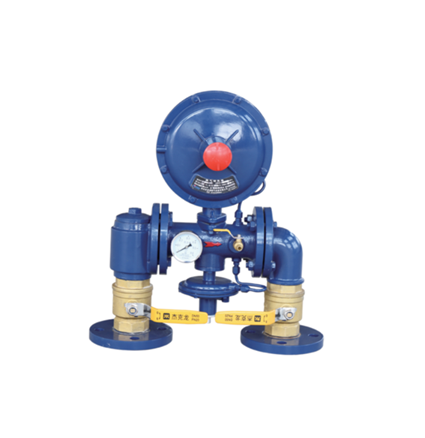
Dec . 04, 2024 09:22
Back to list
Heat Exchanger Design for Gas Applications and Its Efficiency Optimization Techniques
Understanding Heat Exchangers for Gases
Heat exchangers are critical components in a wide range of industrial applications, facilitating the transfer of heat between two or more fluids at different temperatures. While they are highly versatile and can be utilized for liquids, this article will specifically focus on gas-to-gas heat exchangers, which play a vital role in enhancing energy efficiency and optimizing thermal management processes.
What is a Gas-to-Gas Heat Exchanger?
A gas-to-gas heat exchanger is designed to transfer heat from one gas stream to another without mixing the two gases. This process usually involves recapturing waste heat from an exhaust stream and using it to preheat incoming combustion air or another gas, thus improving overall system efficiency. These devices are essential in various industries, including HVAC (Heating, Ventilation, and Air Conditioning), chemical processing, power generation, and automotive applications.
Working Principle
The basic principle behind heat exchangers is to allow thermal energy to move from the hotter gas to the cooler gas. This is achieved through a series of metal surfaces that separate the two gas streams. The efficiency of heat transfer depends on several factors, including the temperature difference between the gases, the surface area of the heat exchanger, and the thermal conductivity of the materials used.
In a typical gas-to-gas heat exchanger, one gas (often a waste gas) flows through one set of channels, while the other gas flows through adjacent channels. This arrangement allows for maximum surface area contact, enabling efficient heat transfer. Designers can configure these exchangers in various ways, including crossflow, counterflow, and parallel flow arrangements, each with its advantages and specific applications.
Types of Gas-to-Gas Heat Exchangers
There are several types of gas-to-gas heat exchangers, including
1. Plate Heat Exchangers These consist of multiple plates stacked together, creating narrow channels for gas flow. Their compact design and high surface area make them highly efficient for heat transfer.
.
3. Air-to-Air Heat Exchangers Commonly used in HVAC systems, these exchangers transfer heat between incoming and outgoing air streams, enhancing heating and cooling efficiency.
مبادل حراري للغاز

4. Regenerative Heat Exchangers These store heat from the exhaust gas temporarily and transfer it to the incoming gas. They are often utilized in processes where high temperatures and energy recovery are essential.
Applications
The applications of gas-to-gas heat exchangers are vast and diverse. In power plants, they are employed to reclaim heat from flue gases to improve the efficiency of boiler systems. In the chemical industry, they facilitate heat recovery in process plants, thus conserving energy and reducing operational costs.
In automotive applications, heat exchangers are essential for exhaust gas recirculation systems to optimize fuel combustion and reduce emissions. They play a significant role in maintaining effective temperature management systems in various industrial equipment, ensuring optimal performance and longevity.
Benefits of Gas-to-Gas Heat Exchangers
1. Energy Efficiency By recovering waste heat, these exchangers significantly reduce energy consumption in industrial processes, leading to lower operational costs.
2. Environmental Impact Reducing energy usage results in lower greenhouse gas emissions, making them an environmentally friendly choice.
3. Economic Feasibility While the initial investment may be substantial, the energy savings and improved efficiency often lead to a quicker return on investment.
4. Versatility They can be tailored to suit specific application requirements, making them applicable across various industries.
Conclusion
Gas-to-gas heat exchangers are indispensable in modern industrial processes, combining engineering innovation with environmental responsibility. By optimizing energy use and enhancing system efficiency, these devices play a vital role in conserving resources and ensuring sustainable practices in a world increasingly focused on energy efficiency and environmental stewardship. Understanding their operation and applications is essential for professionals in fields ranging from engineering to environmental management.
Latest news
-
Safety Valve Spring-Loaded Design Overpressure ProtectionNewsJul.25,2025
-
Precision Voltage Regulator AC5 Accuracy Grade PerformanceNewsJul.25,2025
-
Natural Gas Pressure Regulating Skid Industrial Pipeline ApplicationsNewsJul.25,2025
-
Natural Gas Filter Stainless Steel Mesh Element DesignNewsJul.25,2025
-
Gas Pressure Regulator Valve Direct-Acting Spring-Loaded DesignNewsJul.25,2025
-
Decompression Equipment Multi-Stage Heat Exchange System DesignNewsJul.25,2025

